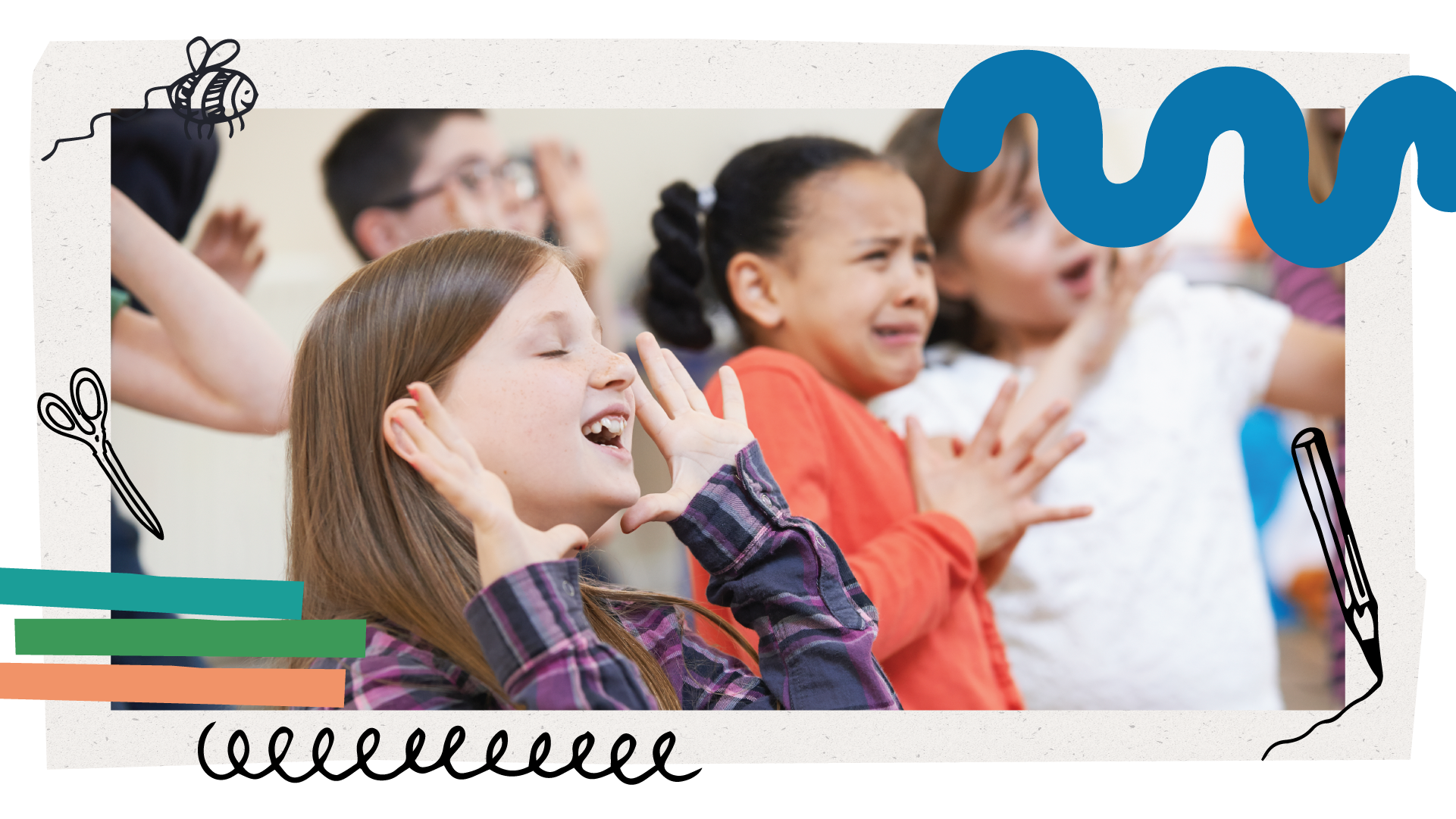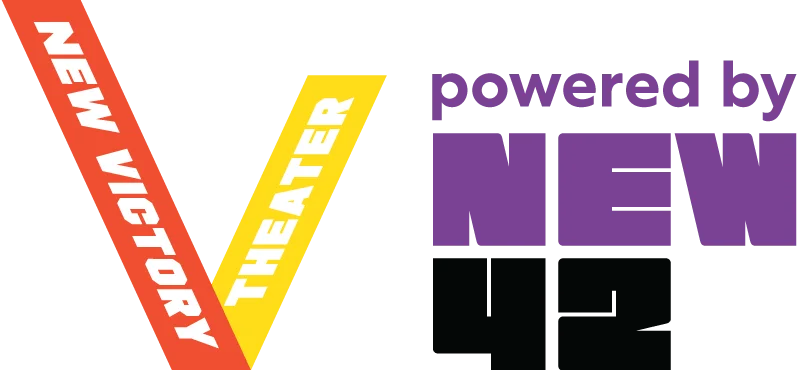Back to Resource Library Download PDF
Download PDF
Clown for a Day
 Download PDF
Download PDFUse this activity to explore clowning. Step into the role of the clown and invite students to become experts and help solve silly problems.
- To begin, tell your students: “Today we’re going to have some lighthearted fun. I’m going to be a clown. That means I am going to make mistakes on purpose. Your job is to be the expert and help me figure out what I am doing wrong.” You might choose to change one small thing about your appearance to denote becoming a clown. Encourage verbal response and remind students that their role is to use their words to describe what they see, not to run in and fix it for you.
- The chair: Sit in a chair, but do it incorrectly (e.g., sit beside the chair, sit on the floor, perch on the armrest, stand on the seat or sit facing the wrong way). Each time you make a mistake, stop and look at the students with a big, confused face. This moment of looking at them is called “the take”—a facial expression that shows what emotion you’re feeling in that moment). Let students call out suggestions to help you fix your mistake. Take your time and let the wrong attempts build the humor. Finally, listen to your audience of experts and sit in the chair the correct way. When applause erupts, take a bow. Now that you’ve demonstrated, ask a volunteer or two to try being the clown.
- The hat: Try to put on a hat but in all the wrong ways (e.g., place it on your foot, on your elbow, upside down or covering your eyes). Each time, pause and give the students “the take.” Invite them to help fix your mistake. Finally, listen to your audience of experts, put the hat on the correct way and take a bow as they applaud. Now that you’ve demonstrated, ask a volunteer or two to try being the clown. Note: Remind students who are playing the clown that the fun comes from stretching out the mistake rather than fixing it quickly. Keep each turn short, about 30 seconds, so that more students have a chance.
- Now that you’ve explored two ideas as a class, have students generate other activities in partners or small groups that a clown could explore in a funny way. They might think of brushing their teeth with a spoon, putting a shoe on a hand or writing with a pencil eraser first! After a few minutes, ask groups to share their best ideas with the class and, if time allows, explore those ideas physically.
- Finally, bring the class together and reinforce the three main ideas they explored. “The take” is when the clown pauses and looks to the audience with a facial expression that shows what emotion they’re feeling. “Don’t solve the problem” means that the humor comes from keeping the mistake “alive,” not from fixing it right away. “Clown logic” means that, in the clown world, the wrong way often seems like the right way. Celebrate students’ creativity and ingenuity, and remind them that mistakes can be fun and learning can be silly!
Reflection Questions:
-
What was your favorite silly mistake today, and why do you think it made you laugh?
-
How did it feel to be the “expert” helping the clown figure things out?
-
What did you notice about how mistakes can sometimes make learning more fun?
